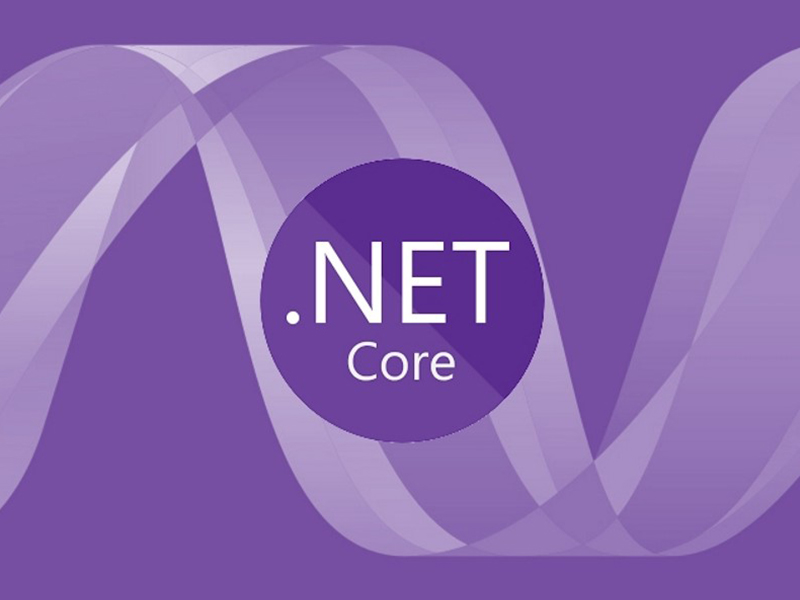

Assigning to a Struct
Creating Custom Exceptions
Accordion Content
Variable Watches
Sathya technologies offer certification programs for JAVA programming. Certificates are issued on successful completion of the course and the assessment examination. Students are requested to participate in the real-time project program to get first-hand experience on the usage and application of JAVA programming. The real-time projects are designed by our team of industry experts to help students get best possible exposure to JAVA programming and its applications.
Free demo sessions are conducted before the start of every batch which allows the students to get a firsthand interaction with the trainer.These demo session also help the student to understand the training methodology followed by Sathya Technologies and also help visit and review the classroom and lab infrastructure and facilities.
The Java course at Sathya Technologies was very amazing and was very instructive. The syllabus was very apt and easy to follow . The explanation provided by the faculty was very understandable and clear. He has good grip on the subject. I was very impressed by the teaching skills. I would surely recommend this institute for anyone who wants to master JAVA.
I attended the JAVA training program at Sthya technologies recently. The course was good, and I was able to understand the subject very clearly. JAVA is one of our key subjects in the college semester and so I decided to do the training during holidays. I’m very happy with my decision because of the training I was able to pick up the subject very well, and do well in the college also.

Attended the JAVA course at Sathya Technologies during my semester vacation. The training was very good and the faculty was good with vast experience in the subject. He was able to explain the subject especially Object Oriented program concepts very well, which helped me to understand and master JAVA programming better.I have also been interested in web development programming and I’m sure thanks to this training I will perusefurther on the web development space.

JAVA course at Sathya technologies is simple great. I participated in the program during my college semester holidays, and I’m very satisfied with the same. The course material and lab facilities are good. The faculty explained the subject very well making sure the fundamental of the programming language was clear to all the students.Object Oriented programming features also was explained very nicely, I must say helped me clear all my doubts and issues that always had.

In the event of missing out of attending any session the student can
© Copyright – 2023 | Sathya Technologies | All Rights Reserved